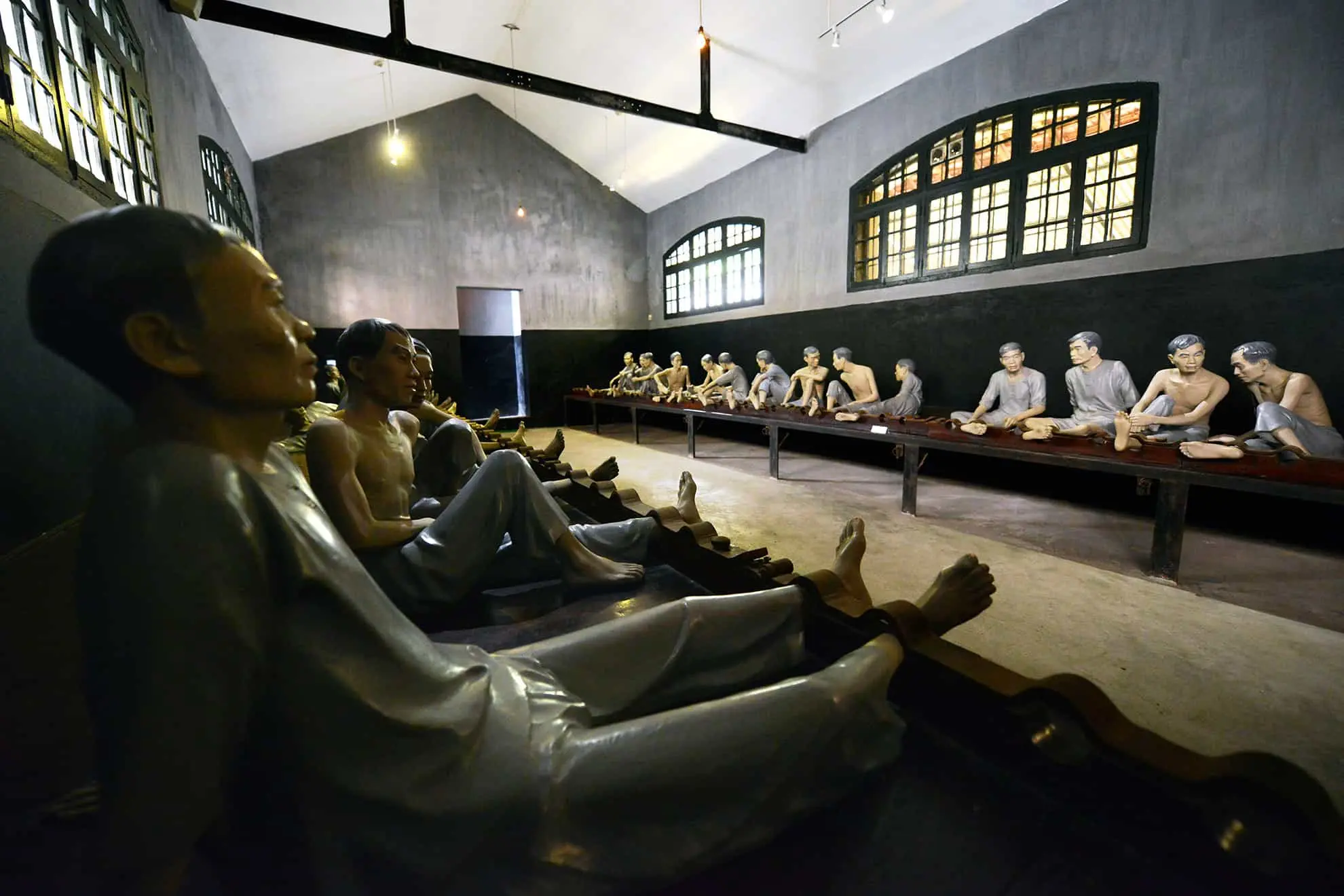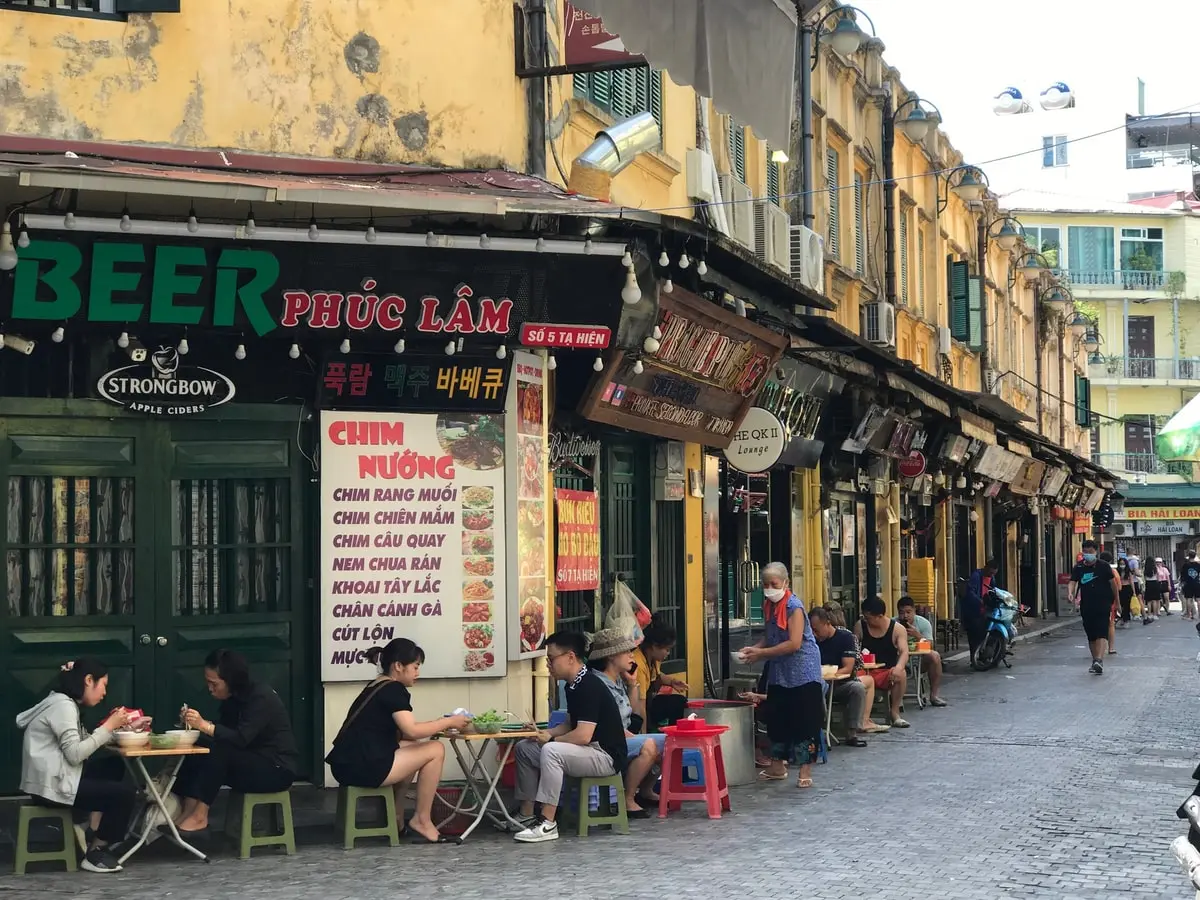Hue Vietnam stands as a testament to the country’s rich past. Located in Central Vietnam, within Thua Thien Hue Province, this city offers a unique window into Vietnamese history and culture. Unlike the bustling energy of Hanoi or Ho Chi Minh City, Hue offers a more measured pace, steeped in the legacy of its time as the nation’s capital. EssentialVietNamtravel aims to provide you with a clear, practical guide to understanding and exploring this remarkable destination in Southeast Asia. This is not just another city; it’s a historical centerpiece, recognized globally for its significance.
Hue has rich history, evident in its architecture, traditions, and the very air you breathe. This guide covers planning your trip, delving into its past, exploring key sites like the Hue Imperial Citadel and the Perfume River, savoring its famous cuisine, and seeing how Hue connects to wider Vietnam tourism. We focus on facts and actionable steps, enabling you to plan your Hue self-guided travel experience effectively. Whether you seek travel information, wish to learn history culture, or find specific locations, this guide from EssentialVietNamtravel.com provides the details you need. Hue is an attractive tourist destination, and understanding its layers is key to a rewarding visit.
Planning Your Unforgettable Trip to Hue Vietnam: Top Attractions and Experiences
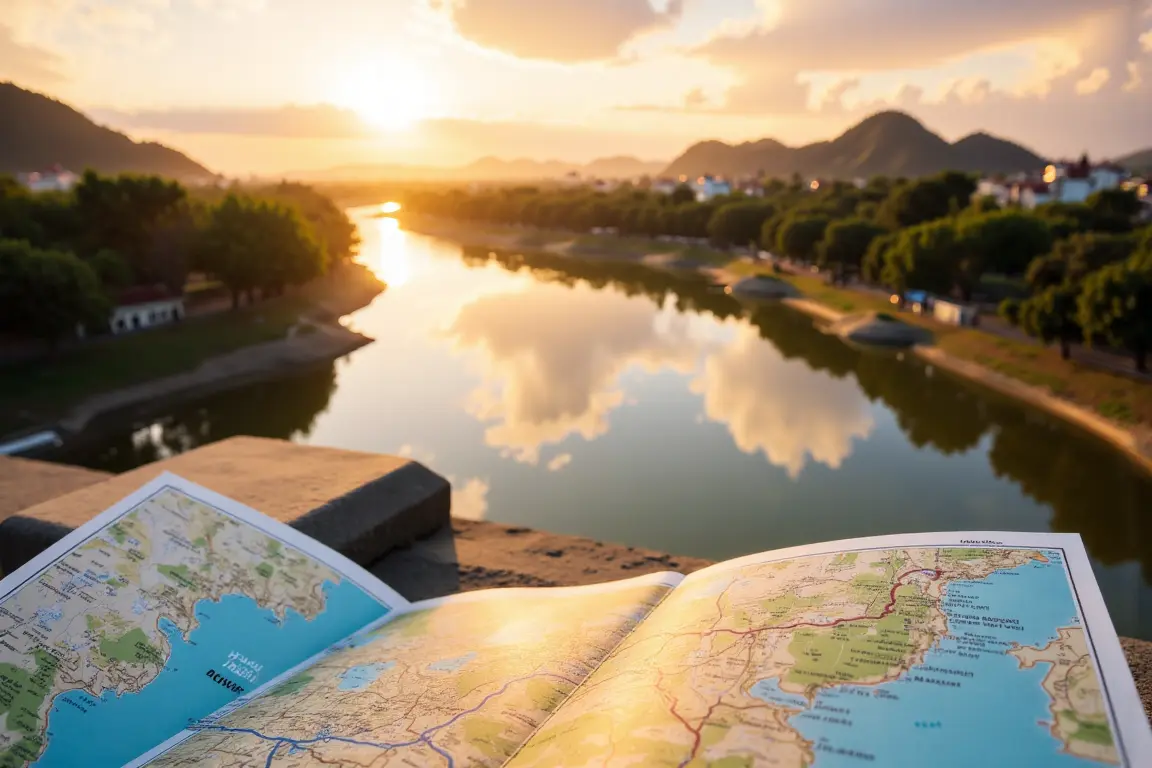
Planning a trip to Hue Vietnam requires some thought to make the most of your time in this historically significant city. Situated conveniently in Central Vietnam, Hue is accessible via various means. Phu Bai International Airport (HUI) serves the city, with flights connecting primarily through Hanoi and Ho Chi Minh City. Alternatively, the Reunification Express train offers a scenic route along the coast, stopping directly in Hue city vietnam, providing a classic Vietnamese travel experience connecting North and South Vietnam.Buses are another option, linking Hue with nearby cities like Da Nang and Hoi An, as well as longer routes across the country.
Planning Your Trip to Hue?
Use our favorite flight comparison tool to find the cheapest and fastest way to get to Hue from your location.
Consider the timing of your visit. Hue experiences a rainy season typically from September to December, which can bring heavy downpours and occasional flooding. The dry season, from January to August, is generally preferred, with warmer temperatures, though it can get quite hot from June to August. EssentialVietNamtravel recommends the shoulder seasons (February-April and September) for pleasant weather.
Once in Hue, getting around is relatively straightforward. Taxis and ride-sharing apps are readily available. Cyclos offer a traditional, slower-paced way to see the central areas, particularly around the Citadel. Renting a motorbike provides flexibility for exploring further afield, such as the royal tombs, but ensure you have the necessary license and are comfortable with local traffic. Bicycles are excellent for exploring the areas immediately around the Perfume River and the Citadel. Many hotels in Hue city center offer rentals.
Deciding what to do in Hue Vietnam depends on your interests. Key hue vietnam attractions include the Hue Imperial Citadel, the royal tombs scattered along the Perfume River, and Thien Mu Pagoda. Allow sufficient time for these major sites. A minimum of two full days is recommended to cover the basics, but three to four days allow for a more relaxed pace and exploration of cuisine and lesser-known spots. EssentialVietNamtravel suggests allocating at least half a day for the Citadel complex and another full day for a Perfume River boat trip combined with visiting several tombs.
Consider booking Hue tours if you prefer guided experiences, which often combine major sites efficiently. When budgeting, factor in entrance fees, such as the Hue Imperial Citadel entrance fee, transportation costs, accommodation, and meals. Hue offers a range of accommodation, from budget guesthouses to luxury resorts. Finding hotels in Hue city center provides convenient access to many attractions and restaurants. This initial planning phase is crucial for a smooth Hue vietnam travel experience. Look for news events like the biennial Hue Festival if you want to experience the city at its most vibrant.
Uncovering Hue’s Rich History: The Ancient Capital of the Nguyen Dynasty and its Cultural Heritage
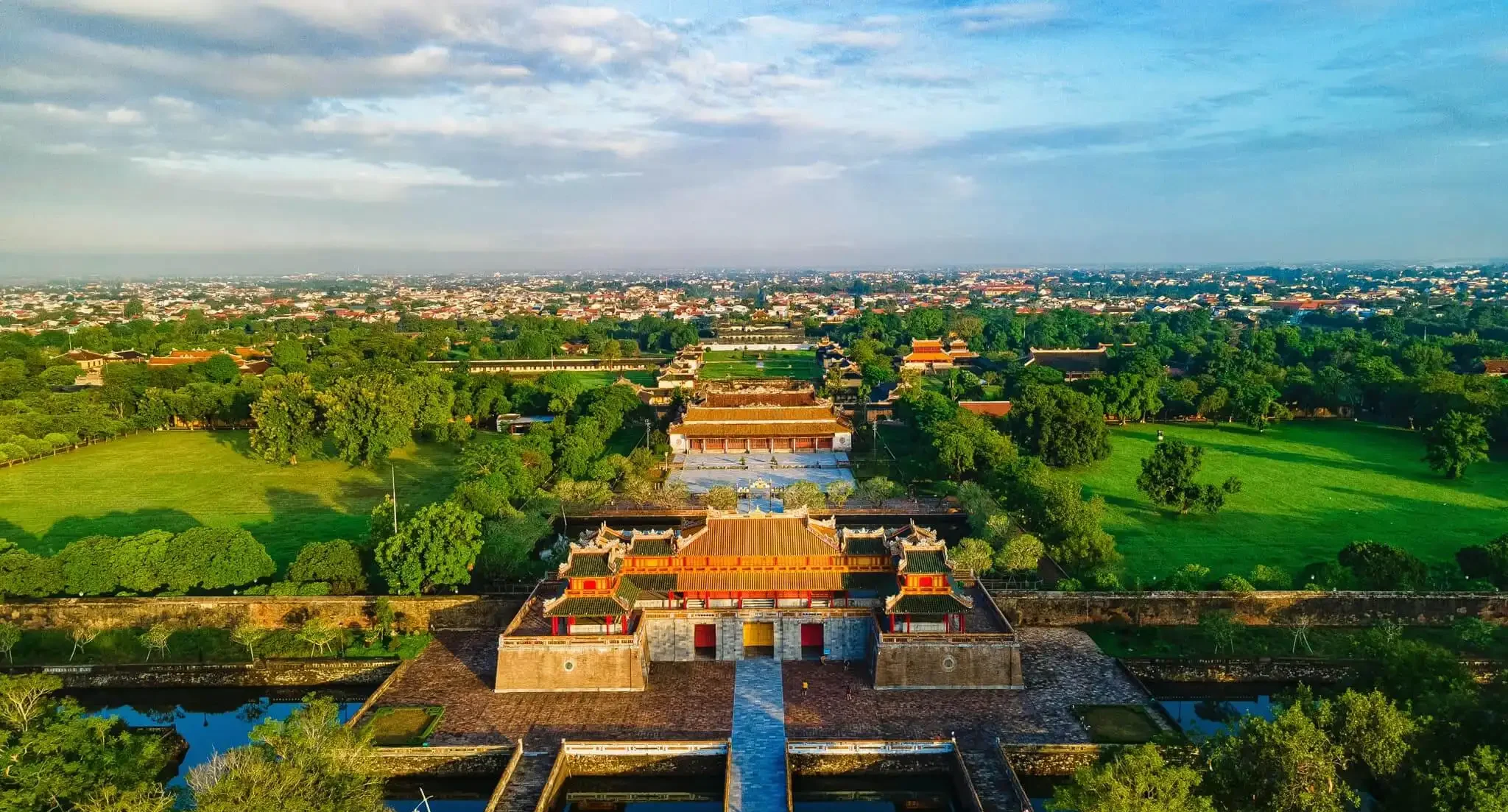
Understanding Hue’s significance requires delving into its past as the ancient capital of Vietnam under the Nguyen Dynasty. Before the Nguyens rose to power, Hue, then known as Phu Xuan, was already an important administrative center. However, its golden era began in 1802 when Emperor Gia Long unified Vietnam and declared Hue the nation’s capital. This marked the start of the Nguyen Dynasty, the last imperial family to rule Vietnam, a period lasting from 1802 to 1945. As the capital, Hue became the political, cultural, and religious heart of the country.
The Nguyen Kings oversaw the construction of magnificent structures, transforming the city into a symbol of imperial power and Vietnamese culture. The choice of Hue as the capital was strategic, located centrally between the north and south, and nestled along the Perfume River, providing defense and a vital waterway.
The city’s layout and architecture reflect this imperial legacy. The construction of the massive Hue Imperial Citadel, starting around 1804, was a monumental undertaking, designed according to strict geomantic principles. Within its walls, the Imperial City and the Forbidden Purple City housed the emperor, his family, and the royal court. This period saw the flourishing of arts, music, including Hue Royal Court Music (Nha Nhac), and a sophisticated culinary tradition heavily influenced by the demands of the royalty. Hue cuisine developed its refined character during this time.
The cultural heritage of Hue extends beyond the Citadel to the elaborate royal tombs constructed for the Nguyen Kings along the Perfume River, each a unique architectural statement reflecting the personality and reign of the emperor it honors.
Hue’s role as the former capital shaped its identity profoundly. It became a center for scholarship, religion, and traditional arts. Even after the capital moved to Hanoi following the abdication of Emperor Bao Dai in 1945 and the subsequent division of the country, Hue retained its cultural importance. The city suffered significant damage during conflicts, particularly the Battle of Hue in 1968 during the Vietnam War. However, extensive restoration efforts, supported by organizations like UNESCO, have worked to preserve its invaluable historical sites.
Today, exploring Hue offers a direct connection to Vietnamese history, allowing visitors to walk through structures that witnessed pivotal moments in the nation’s story. Learning the history culture of Hue provides context for appreciating its enduring spirit and the resilience of its people. It stands distinct from the industrial drive of other major Vietnamese cities, preserving its historical character.
Exploring the Majestic Hue Imperial Citadel: A Walk Through Vietnam’s Royal Past

The Hue Imperial Citadel is the undeniable centerpiece of Hue Vietnam and a primary reason for its status as a UNESCO World Heritage site. Visiting this vast complex offers a tangible link to the era when Hue served as the former capital of Vietnam under the Nguyen Dynasty. Built starting in 1804 and expanded over subsequent decades, the Citadel is a large fortress complex, encompassing moats, fortified walls, temples, palaces, and gardens. Its design reflects traditional Vietnamese architectural principles blended with military considerations.
EssentialVietNamtravel advises allocating several hours, ideally half a day or more, to explore its grounds properly. Wear comfortable shoes, as there is significant walking involved. You can purchase the Hue Imperial Citadel entrance fee at the main gate.
Entering through the imposing Ngo Mon Gate (Noon Gate), the principal entrance reserved for the emperor, immediately transports you into a different era. This gate itself is an architectural marvel. Beyond it lies the Imperial City, the area where the emperor conducted state affairs and ceremonies. The most important structure here is Thai Hoa Palace (Palace of Supreme Harmony). This grand hall, with its impressive columns and ornate roof, was the site of major ceremonies, coronations, and official receptions. Look closely at the detailed carvings and lacquerwork that adorn the structure. The Complex of Hue Monuments, recognized by UNESCO, primarily refers to this Citadel and the nearby royal tombs.
Venturing deeper, you would historically enter the Forbidden Purple City (Tu Cam Thanh), which was the emperor’s and his family’s personal residence. Access was strictly limited. Much of the Forbidden Purple City was destroyed during conflicts, particularly in 1968, but ongoing restoration projects are slowly bringing parts of it back to life. Walking through the remaining foundations and restored buildings gives a sense of the scale and privacy of the royal enclosure.
Explore the various temples dedicated to Nguyen Dynasty ancestors, royal libraries, and residences within the Imperial City grounds. Each structure tells a part of the story of the Nguyen Kings and court life. Consider hiring a guide at the entrance or using an audio guide to gain deeper insights into the history and significance of each building. Seeing images videos beforehand can help plan your route, but experiencing the scale and atmosphere firsthand is essential. Finding specific locations within the vast complex is easier with a map, usually provided upon entry. This Citadel truly embodies the ancient architecture and historical weight of Hue city in vietnam.
Cruising the Romantic Perfume River and Discovering Royal Tombs
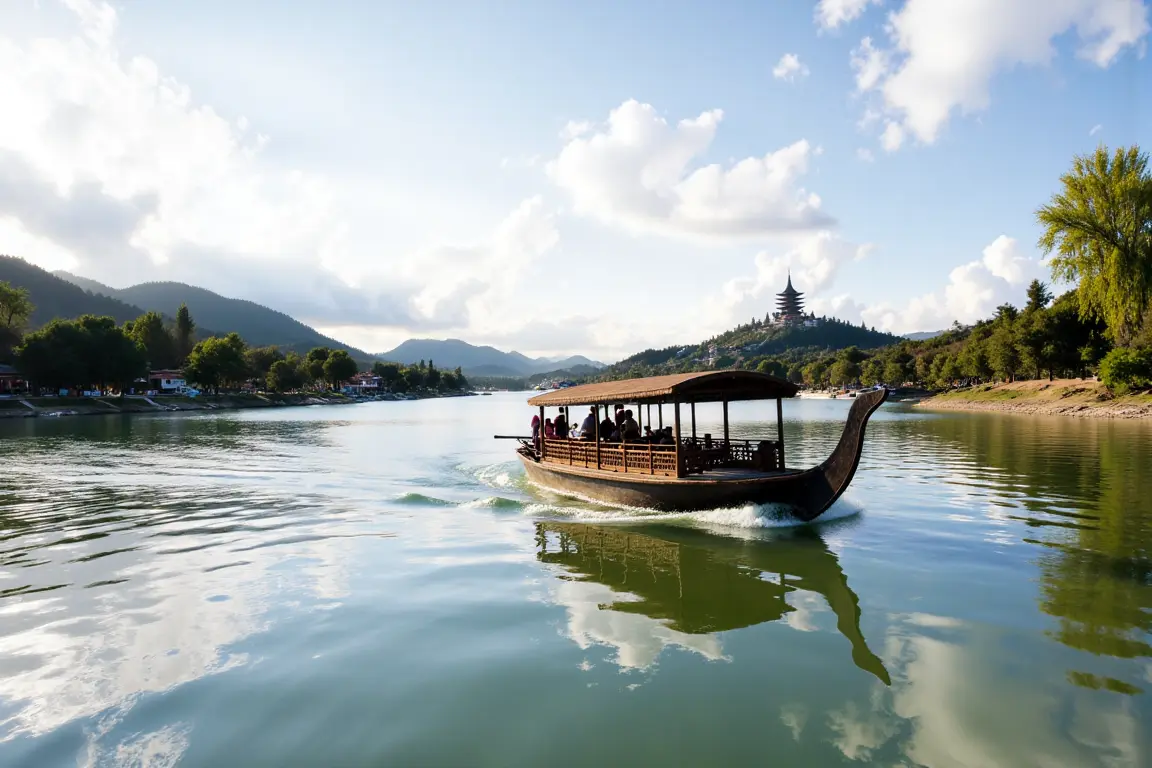
A journey through Hue Vietnam is incomplete without experiencing the Perfume River (Song Huong). This river flows gently through the heart of Hue city vietnam, dividing it and serving as a vital artery throughout its history. Its name supposedly comes from the orchids and other flowers that fall into the water from upstream orchards, particularly in autumn, lending it a subtle fragrance. Taking a boat trip along the Romantic Perfume River is one of the quintessential things to do in Hue Vietnam.
EssentialVietNamtravel recommends arranging a dragon boat tour, easily bookable through hotels or travel agencies along the riverbank. These scenic boat trips offer stunning views of the city skyline, river life, and access to several key historical sites located along its banks.
One of the first major landmarks often visited on a river trip is Thien Mu Pagoda (Pagoda of the Heavenly Lady). Perched on Ha Khe Hill overlooking the river, this iconic pagoda is one of Hue’s oldest and most recognizable symbols. Its most striking feature is the Phuoc Duyen Tower, a seven-story stupa built in the mid-19th century, though the pagoda itself dates back to 1601. Exploring the pagoda complex reveals serene courtyards, temples, and stunning river views. Remember the poignant story of the monk Thich Quang Duc, whose car is housed here, a reminder of a turbulent period in Vietnamese history.
Further upstream, the Perfume River leads to the system of Nguyen Dynasty tombs. These are not mere burial sites but elaborate complexes designed during the emperors’ lifetimes, reflecting their philosophies, tastes, and beliefs about the afterlife. Each tomb occupies a large area, often incorporating lakes, gardens, temples, and pavilions in carefully landscaped settings. A boat trip typically allows visits to several key tombs. Among the most famous are the Minh Mang Tomb, renowned for its classical symmetry and harmonious integration with nature, reflecting Confucian ideals.
The Khai Dinh Tomb stands in stark contrast, showcasing a unique blend Vietnamese European architectural style, built with concrete, steel, and adorned with intricate glass and porcelain mosaics – a testament to a different era and personality. Other significant tombs include those of Tu Duc and Gia Long. Visiting these royal tombs provides profound insight into the beliefs and power of the Nguyen Kings and showcases remarkable ancient architecture set within peaceful, natural landscapes.
A full-day boat trip often combines Thien Mu Pagoda and two or three tombs, making for a comprehensive historical and cultural excursion outside the main Citadel area. Where is hue in vietnam? It’s right here, along this life-giving river.
A Culinary Journey: Experiencing the Unique Delights of Hue Cuisine
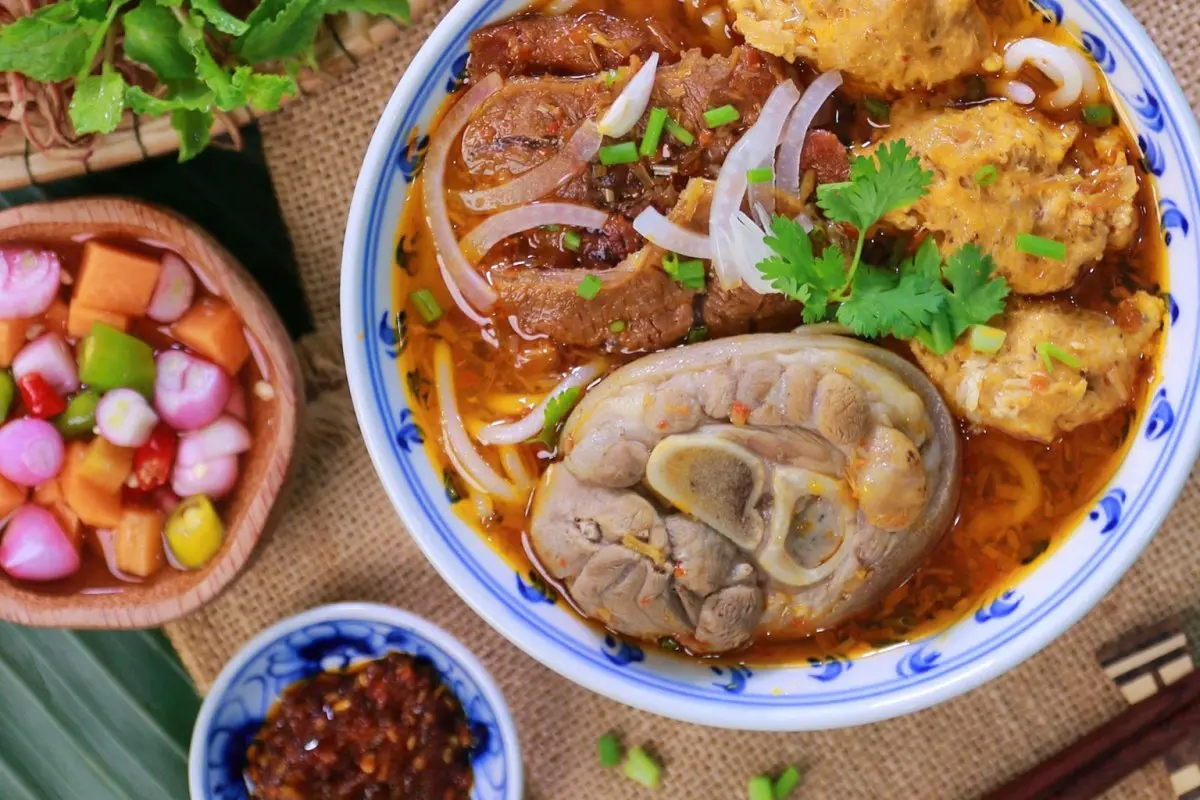
Hue cuisine holds a special place in the broader landscape of Vietnamese cuisine. Its reputation stems directly from its history as the former capital of Vietnam. The Nguyen Dynasty’s imperial court demanded high standards, resulting in sophisticated and visually appealing dishes. This royal influence permeates Hue’s food culture, making it a true culinary capital. EssentialVietNamtravel encourages every visitor to explore the diverse and flavorful world of Hue food.
The characteristic often noted is its balance of flavors, often incorporating a noticeable degree of spiciness compared to other regional Vietnamese cuisines, alongside sour, sweet, salty, and bitter notes. Presentation is also key; dishes are often meticulously prepared and arranged, reflecting their royal origins. This refined royal cuisine is one of the unique characteristics of Hue.
One of the must-try delicious dishes in Hue is Bun Bo Hue. While often translated as beef noodle soup, it’s distinct from pho. This hearty soup features round rice noodles, tender beef (and sometimes pork), lemongrass, chili, and fermented shrimp paste, creating a complex and robust flavor profile. It’s a staple breakfast or lunch dish for locals. Another iconic dish is Banh Khoai, a crispy crepe filled with pork, shrimp, and bean sprouts, similar to Banh Xeo but typically smaller and thicker, served with a rich peanut dipping sauce.
Com Hen (clam rice) is a simple yet flavorful dish unique to Hue, consisting of rice topped with tiny basket clams, herbs, peanuts, pork cracklings, and clam broth served on the side. Exploring the various “Banh” (small rice flour-based cakes) is also essential. Look for Banh Beo (steamed rice cakes with dried shrimp), Banh Nam (flat steamed rice dumplings wrapped in banana leaves), and Banh Loc (tapioca dumplings filled with shrimp and pork).
Finding these culinary delights is part of the adventure. Street food stalls offer authentic and affordable options. Dong Ba Market is a bustling hub where you can sample many local specialties. Numerous restaurants throughout Hue city vietnam specialize in traditional Hue cuisine, ranging from simple eateries to more upscale establishments offering royal-style dinners. Don’t be afraid to try dishes with unfamiliar names; locals are usually happy to explain. Exploring the food scene provides insight into the culture and people of Hue.
The distinctive Hue accent might be heard as you interact with vendors and restaurateurs. Hue cuisine is distinctive, famous for cuisine artistry passed down through generations, making it a highlight of any Hue vietnam travel itinerary and a key part of Hue vietnam tourism. Hue’s status as a Festival city often showcases its culinary arts during events like the biennial Hue Festival.
Connecting Your Travels: Hue as a Gateway to Central Vietnam Tourism, Including Da Nang and Hoi An
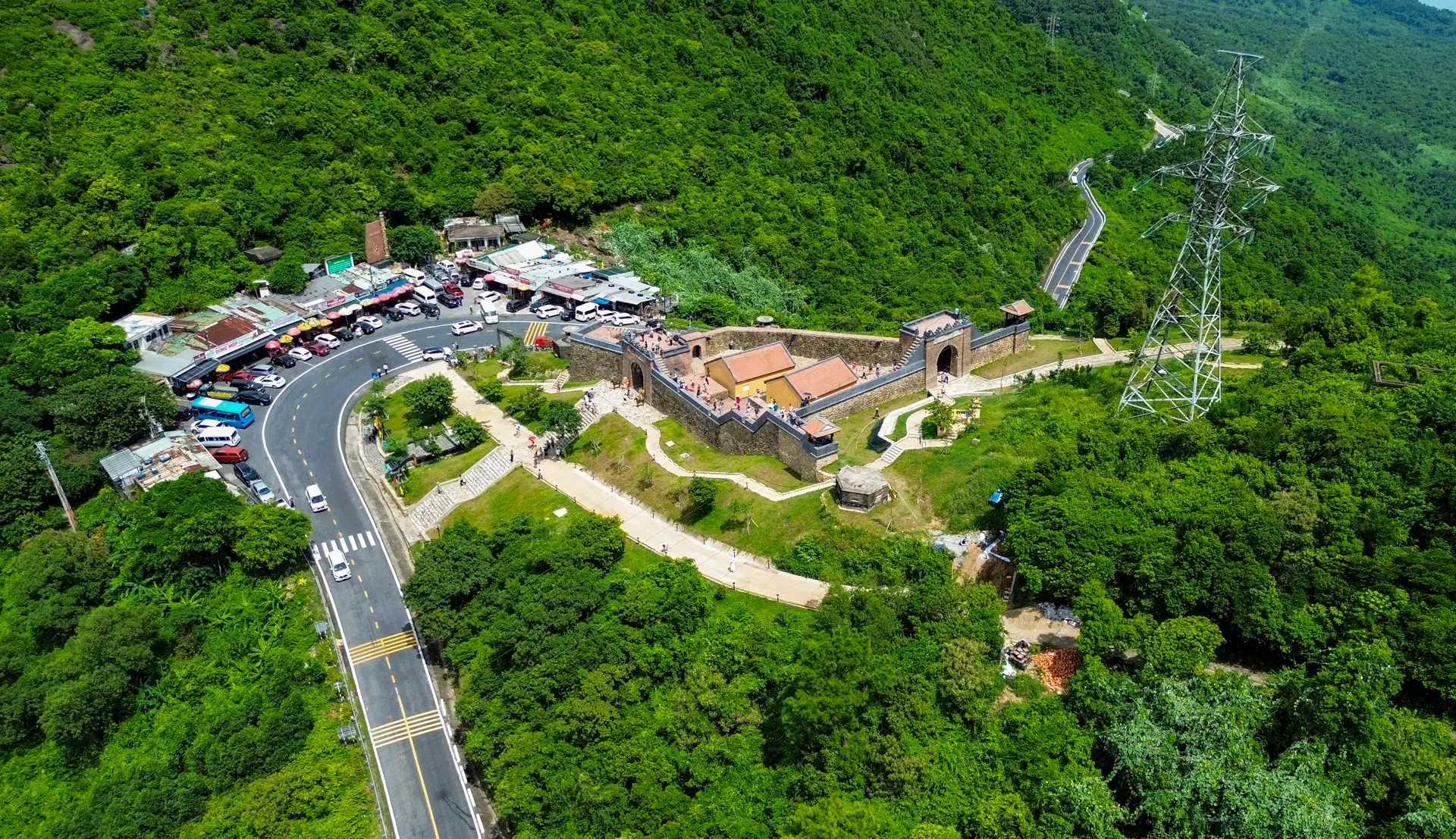
Hue Vietnam serves not only as a destination in itself but also as a crucial hub for exploring the wider attractions of Central Vietnam tourism. Its location within Thua Thien Hue province makes it an excellent starting or ending point for journeys along Vietnam’s central coast. Many travelers combine a visit to Hue with trips to the nearby cities of Da Nang and Hoi An, creating a popular heritage trail.
EssentialVietNamtravel finds this combination offers a diverse experience, blending Hue’s imperial history with Da Nang’s modern beaches and Hoi An’s charming ancient town atmosphere. The journey between these cities is scenic, particularly the Hai Van Pass route between Hue and Da Nang, offering spectacular coastal views (though the tunnel offers a faster alternative).
Da Nang, roughly two hours south of Hue, presents a contrast with its modern skyline, long sandy beaches like My Khe, and attractions such as the Marble Mountains and the Dragon Bridge. It serves as a major transport hub with an international airport offering more flight connections than Hue. Hoi An, just south of Da Nang, is a beautifully preserved ancient trading port, another UNESCO World Heritage site.
Its lantern-lit streets, tailor shops, riverside cafes, and distinct architecture make it incredibly popular. Combining Hue, Da Nang, and Hoi An allows travelers to experience historical depth, coastal relaxation, and ancient town charm within a relatively compact geographical area. Travel between these locations is easily managed by train, bus, or private car/motorbike.
Beyond these major cities, Hue provides access to other points of interest within Thua Thien Hue province and its surroundings. Thuan An Beach offers a nearby coastal escape from the city, popular with locals. For nature lovers, Bach Ma National Park, located between Hue and Da Nang, provides opportunities for hiking through lush forests, discovering waterfalls, and enjoying cooler mountain air. Its biodiversity is significant. Understanding where is Hue city in vietnam helps in planning these regional excursions.
Hue’s position makes it a logical component of any comprehensive Vietnam tourism itinerary covering the central region. Whether traveling north towards Hanoi or south towards Ho Chi Minh City, Hue provides a culturally rich stopover. Its connections solidify its role as a center for exploring the historical and natural beauty of this part of Vietnam, Asia. EssentialVietNamtravel.com encourages travelers to look beyond the city limits and use Hue, Hue City, Thua Thien Hue Vietnam as a base for broader exploration. Hui vietnam (a common misspelling) or huevietnam – however you search, the city connects deeply to its region.


